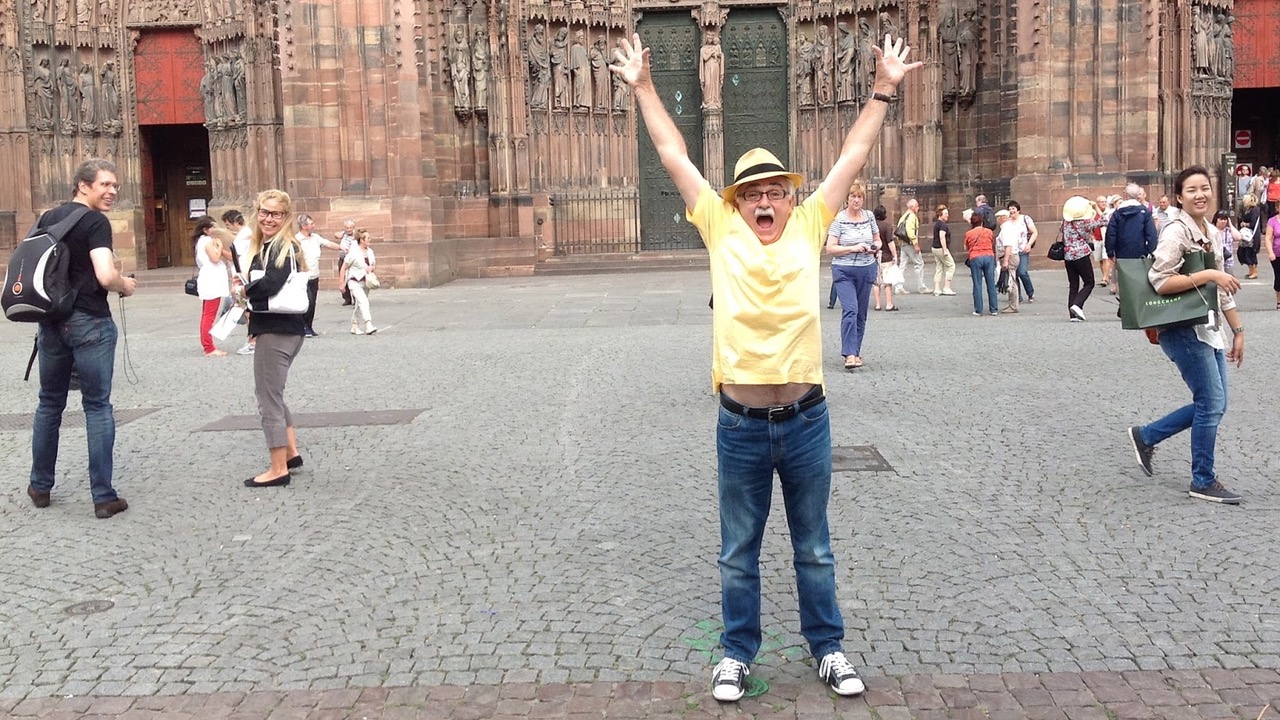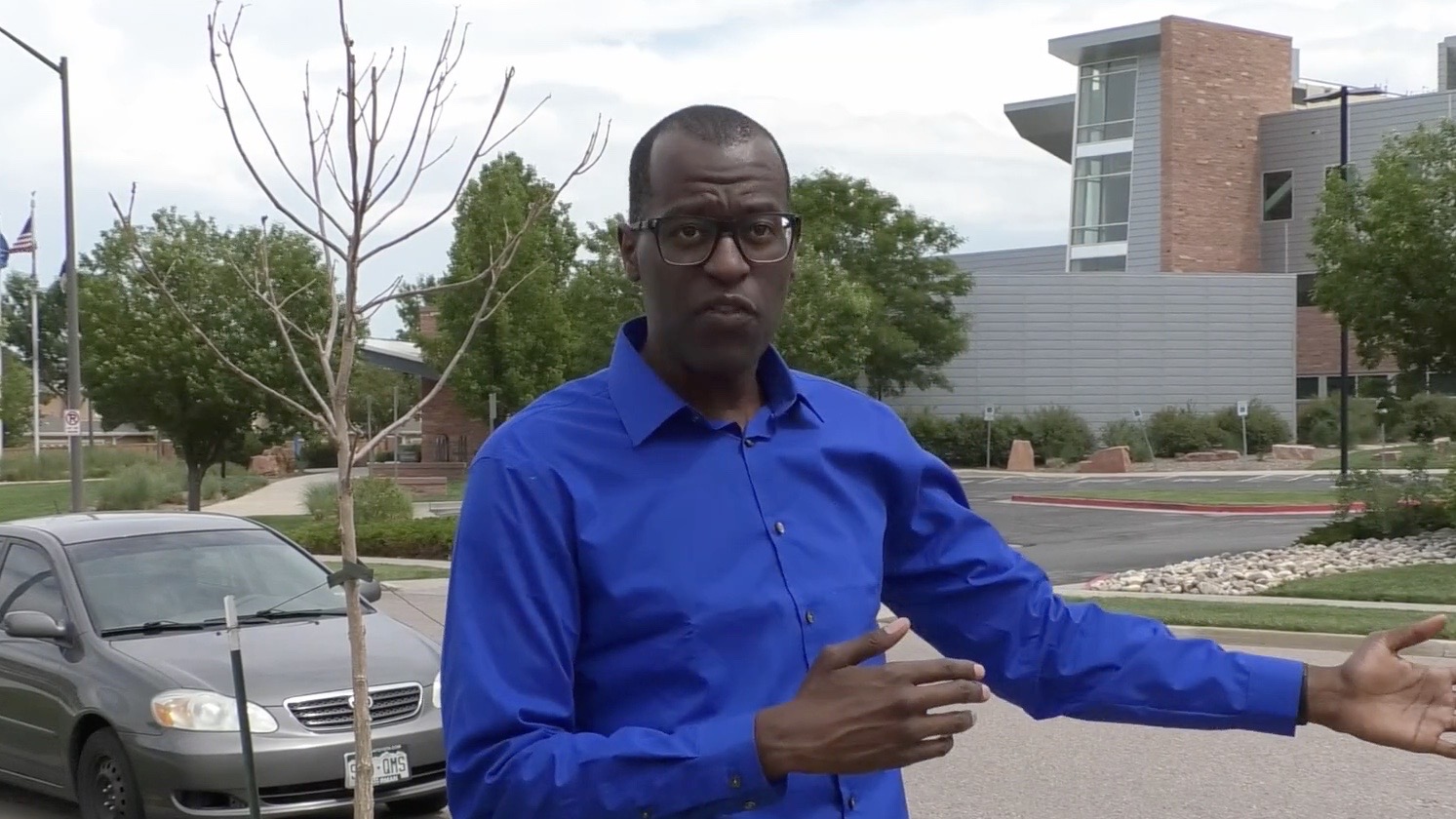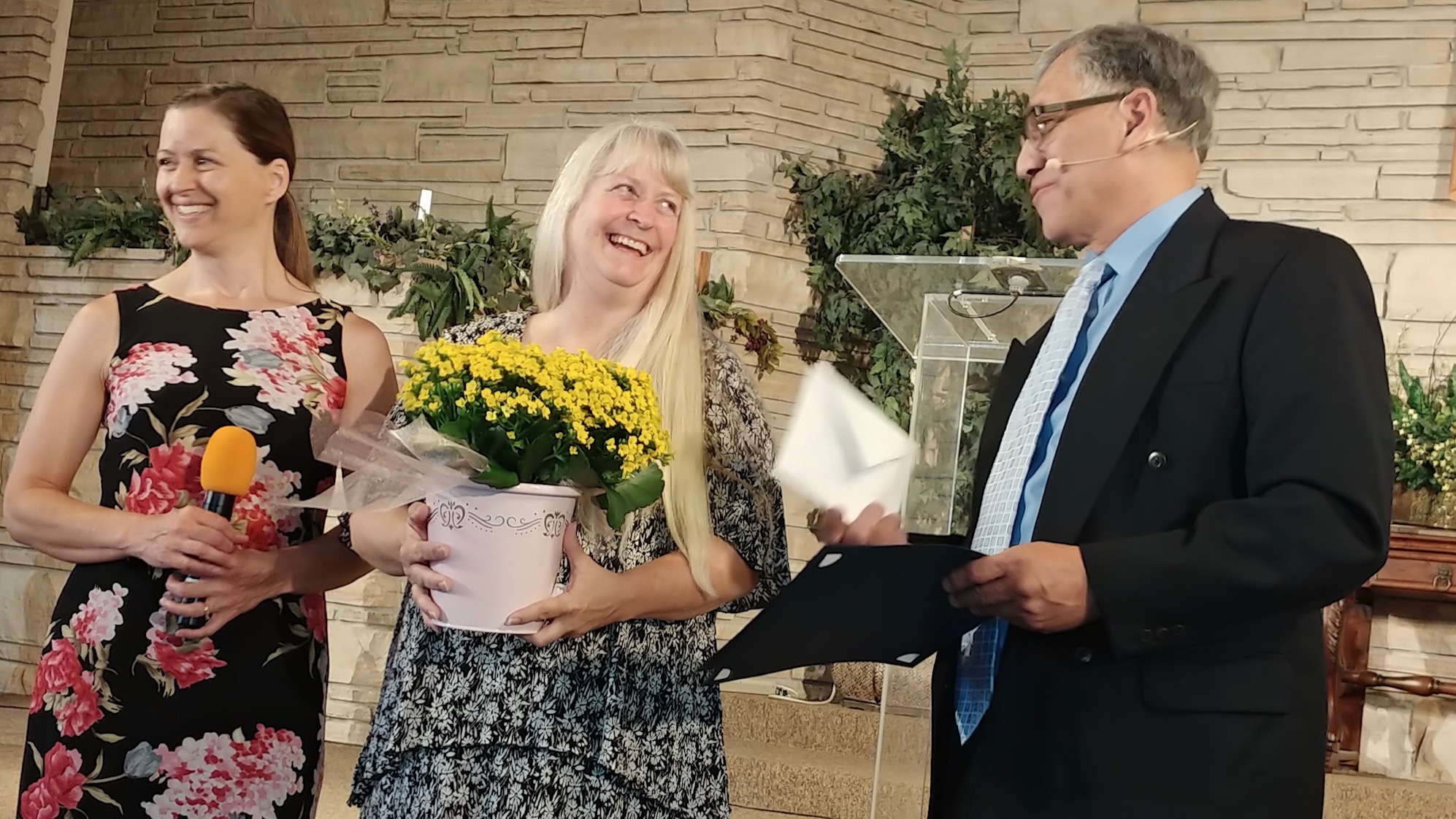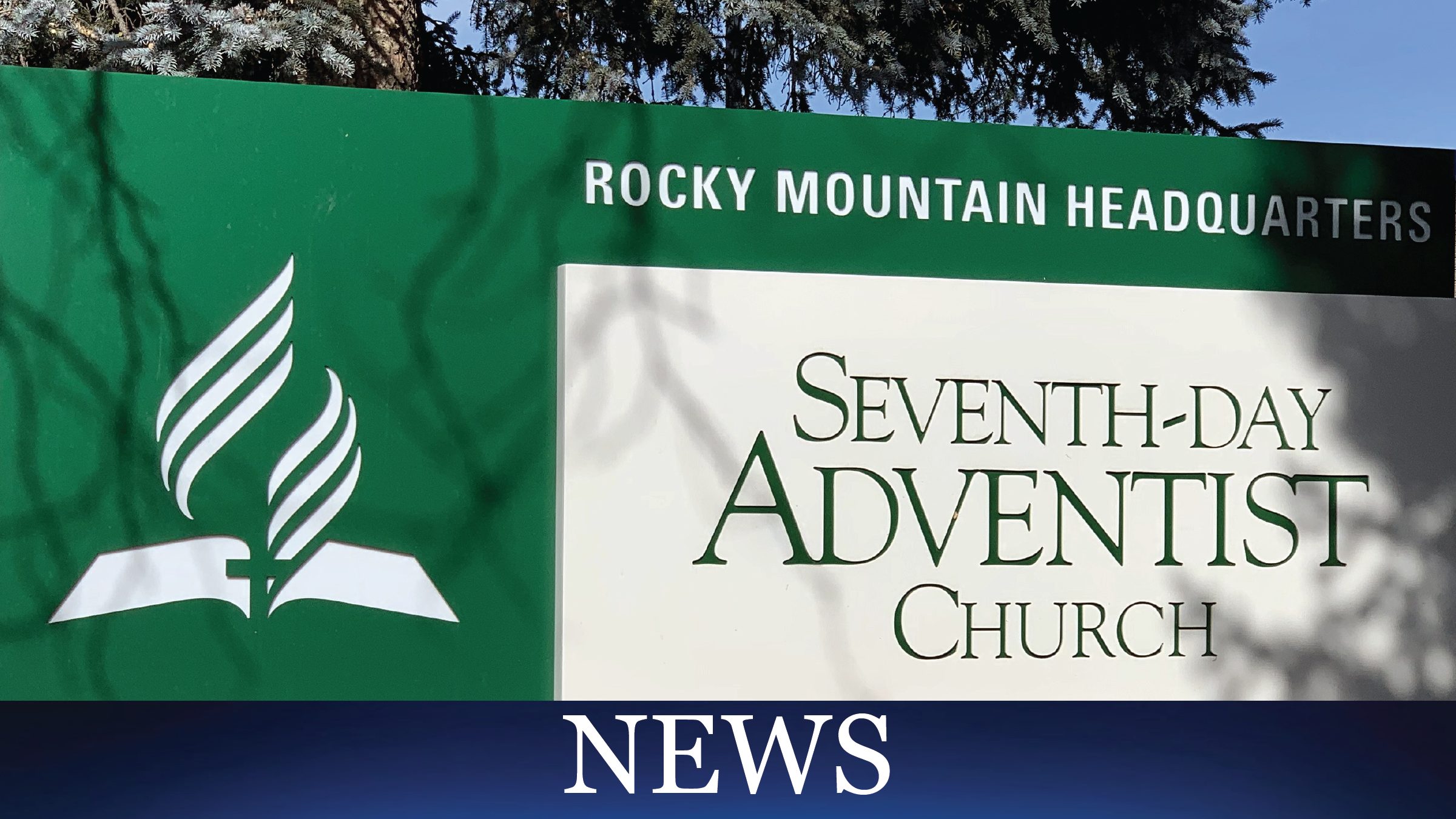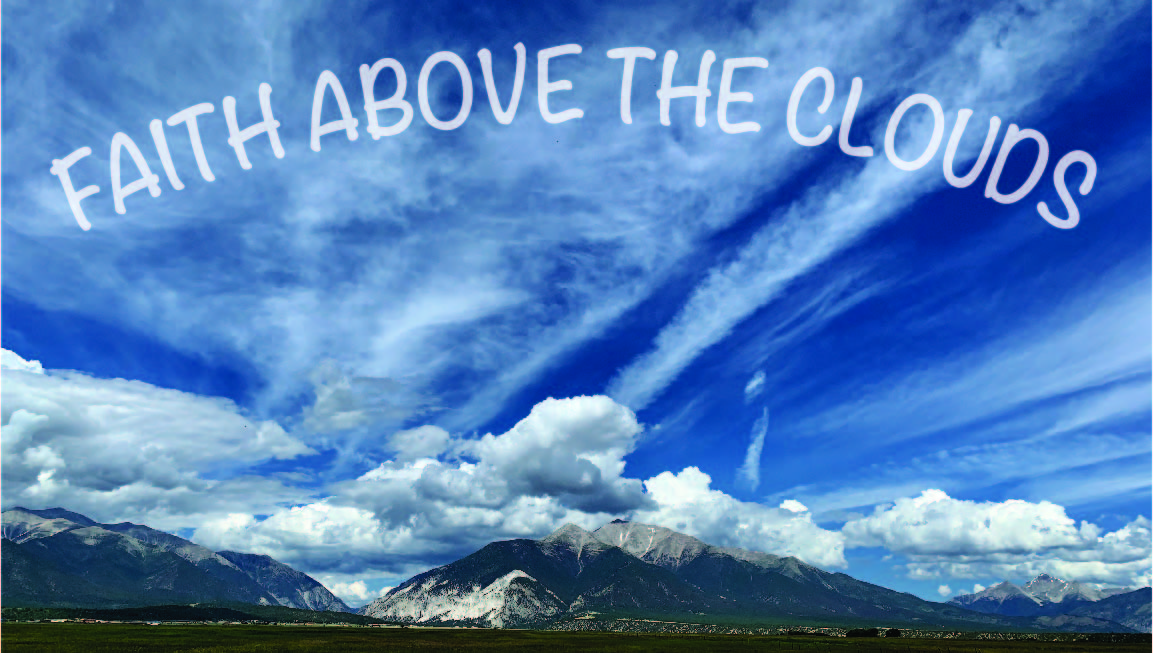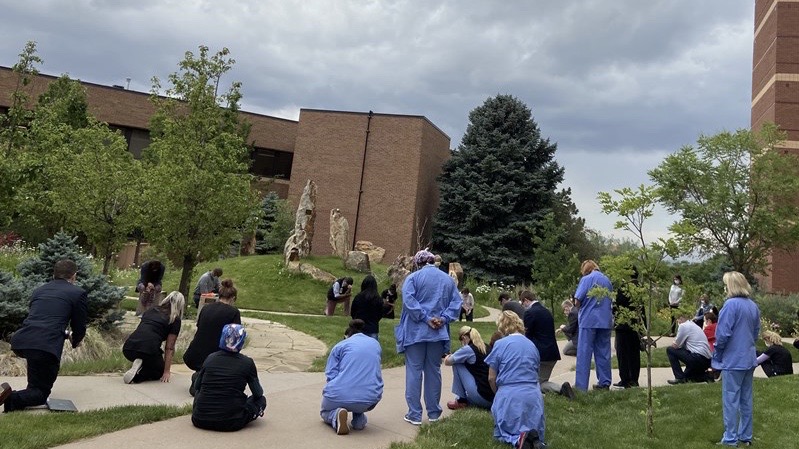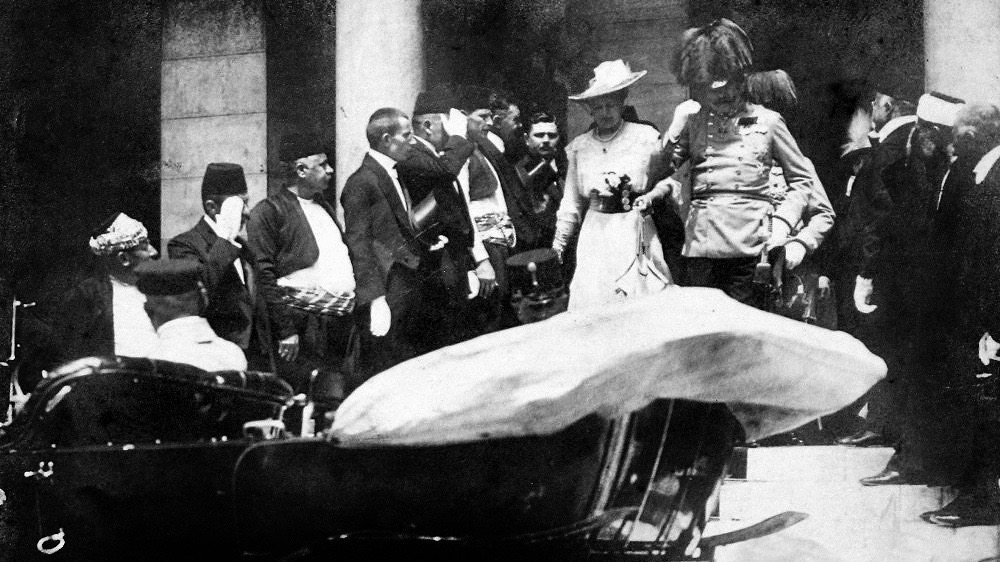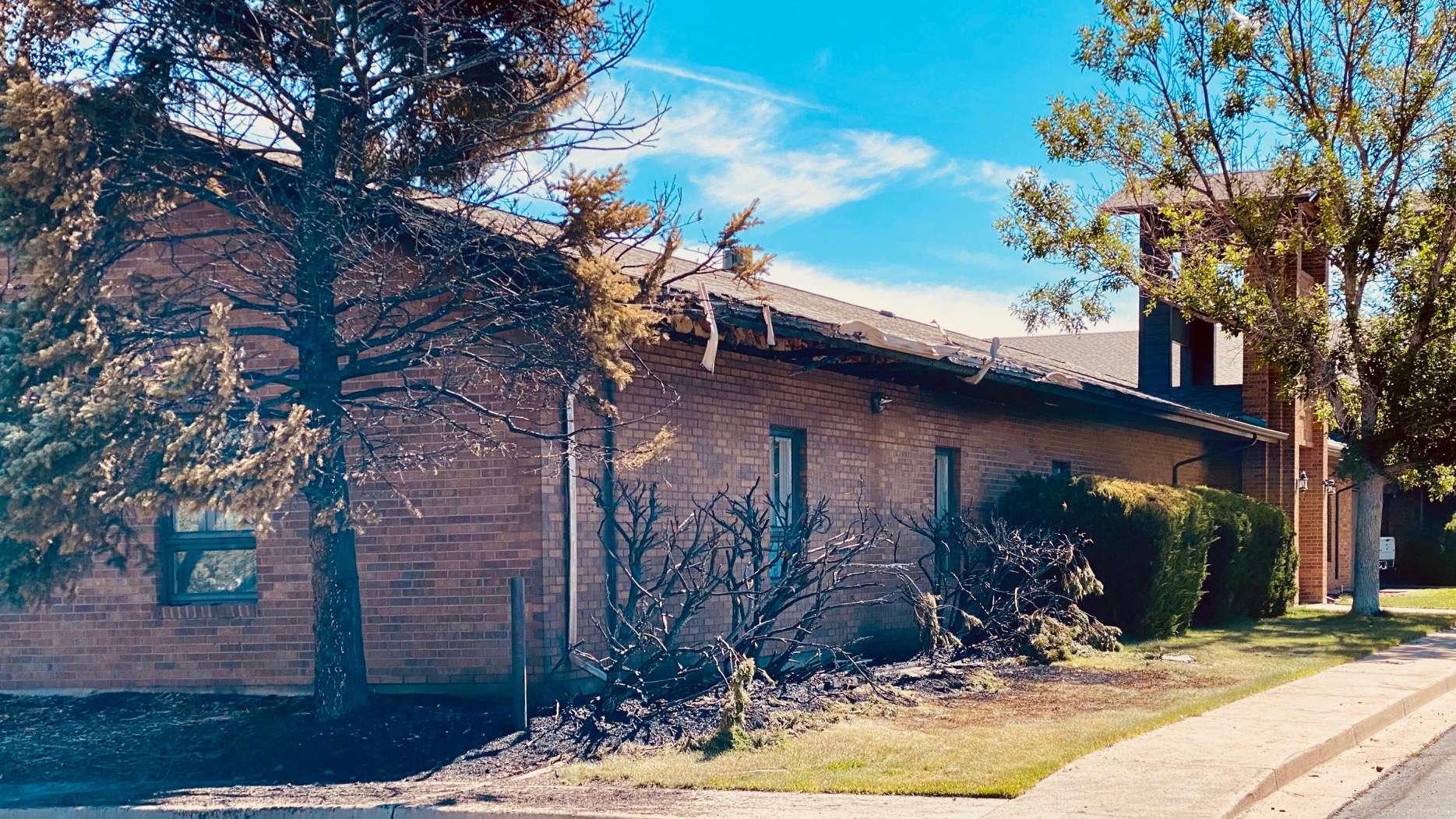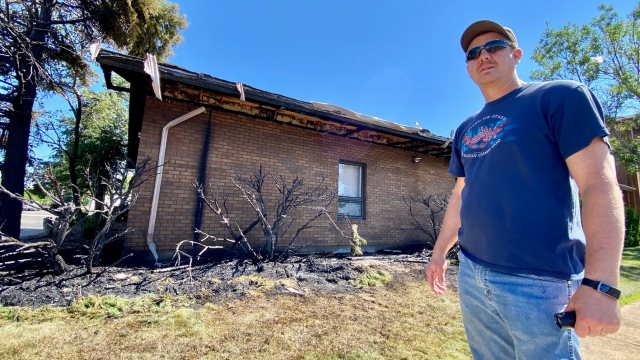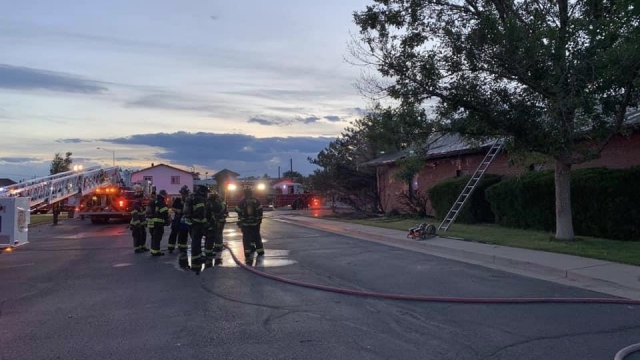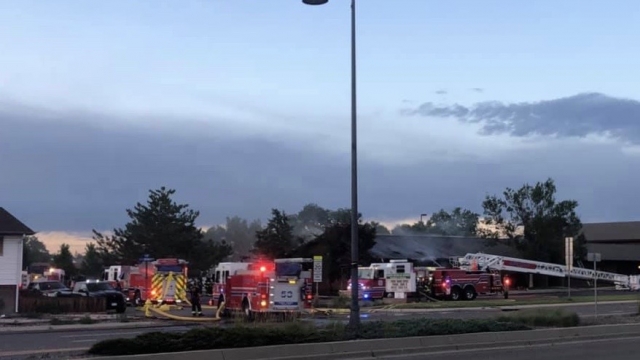By Zach Payne
Over the past few months, I’ve been having a lot of discussions about the much anticipated “new normal” that will undoubtedly arise from the COVID-19 pandemic. Some folks are scared of what a new normal could bring to the church experience, while others relish the idea of an opportunity to try a fresh new direction. Personally, over the past few months of online church, I’ve watched as people have tried old methods as well as new ones, and I’m excited for what the new normal of local church evangelism could look like.
A state of mind
Before I dive into the new normal, let me set the stage. Evangelism isn’t meant to be an event, but rather a state of mind. If evangelism is to be attended or consumed, then I’m doing my part just by showing up and sitting in a pew. This is the mindset that is killing churches today. However, true evangelism is found in everyday actions, habits and mindsets. It’s also important to note that, though public events can be cancelled due to crises, states of mind cannot. Especially when it comes to personal evangelistic activities—calling people on the phone to check in with them, praying with and for people, sharing interests with others, studying through people’s questions about the Bible, and so on and so forth.
The evangelistic state of mind is also all about building community. I don’t know about you, but I’ve been invited to dozens of social media groups since the crisis began. I’ve been on dozens of group phone calls and Zoom video chats. Community has persisted during the pandemic, and because we’ve been lacking casual everyday community, intentional community-building has thrived. Evangelism is the building of community, the sharing of life through hard times, the talking, studying, crying, and laughing together that ultimately brings both the confidence for a church member to invite a friend to come to a church event, as well as the comfort for that friend to accept the invitation. Evangelistic events can go on all year round, but true evangelism is nothing without these daily life prerequisites.
I’m compelled to ask the question, in light of all of this: For those who are so focused on rallying outrage against the government and demanding we be given the freedom to assemble for physical church events once again—are the same people also focusing that kind of energy on making sure that they’re building up a community of people to bring to those events? Or are the events just for their own consumption and nothing else?
Try something new
This brings me to another aspect of what I hope to see in the new normal of evangelism: updated methodologies and shifted priorities.
On March 16, my friends Sheldon Bryan, Myoung Kwon, and I put our heads together and came up with the Greater Milwaukee Adventist Fellowship group on Facebook. This ended up being kind of like an online megachurch that combined our three districts into one place online where we could hold services and host devotional thoughts and recreate local church community online. One Saturday afternoon, one of my members mentioned that since we were online maybe everything didn’t need to be the same as it was before—maybe we could try doing church a little differently.
This got my creative juices going and I recorded myself preaching on my wife’s iPhoneX as an Animoji, a customized animated emoji that uses the user’s own voice and facial expressions. I sent my wife the clips and she edited them together into a full sermon, which I shared the next Sabbath. Somehow, by doing something a little different, this sermon reached people during the crisis in a very significant way. I watched in amazement as hundreds of people shared it and thousands of people watched it. I’ve preached a number of sermons during the quarantine, but this is the one that stands out because it was unique. By taking my church member’s advice and trying something a little different, the success of my efforts was exponential compared to doing things the same old way. If we keep planning the same evangelistic series over and over and people routinely don’t come and are not baptized… maybe the new normal is demanding that we get creative and try something different.
Hope vs fear
As my colleagues and I were planning our crisis ministry, we decided that we wanted everything we did to be focused on bringing our church community hope, peace, and trust that Christ would carry them through the pandemic. Should that not be the goal of all evangelism? Here is where the new normal comes clashing hard against the old. We’ve been spending so much time trying to prepare people for the terrors of a foretold end-time crisis—but the truth is, the best preparation is a strong relationship with Jesus.
Unfortunately, that’s not always the bottom line in a traditional evangelistic series. I have members in my own churches who, as a result of our crisis ministry, are encountering grace and peace in Christ like they’ve not experienced before—and these are people who have been coming to church their whole lives. If those are the messages that are transforming lukewarm Christians into strong and involved church leaders— right now during this present crisis—then maybe that’s where our focus should be in general. I think we’ve proven that the scare tactics of beasts and conspiracy theories are actually doing more harm than good. The new normal needs to focus more on the lamb and less on the dragon.
Finally: focus on teamwork
Finally, I’d be remiss if I didn’t speak to the element that I think will be the most crucial in our new normal: team- work. Over the past few months, I’ve witnessed what it looks like for three pastors of three districts, as well as the local leadership and the membership of those districts to work together to do something great for Jesus. If it was just me and my local church leadership alone, we would not have been able to accomplish nearly as much during the pandemic. Truly the Body of Christ cannot accomplish the work that needs to be done if we’re spending our time working separately or (heaven forbid) against each other, which, unfortunately, is a characteristic I’ve found often in the old normal. The new normal of evangelism needs to rely heavily on teamwork: between pastors, between members, between churches, and even between districts. While this may seem like a lot of work, technology has made it much more possible in our context and has shown that we can unite in significant ways on the Internet and social media that we likely could not before.
The COVID-19 pandemic has been a scare for everyone. People are asking the question: has this been a sign that we’re closer to the end? Whether Jesus comes back next week or in fifty years, it is clear that we are playing with limited time. Time is precious and we have to be good stewards. So, let us not waste any time on the folly of under- mining fellow Adventists, or even other Christians. Let us come together and realize we’re all on the same team and that when we act like it, we can accomplish victories for Christ much larger than we ever could hope for on our own.
Welcome to the new normal. It is my hope that for the sake of Christ, we can come together as a team and, through the use of current technology, create a new evangelistic state of mind for the church—one that seeks to creatively reach out and deliver grace, peace, and hope not just within the church walls, but out into our communities. The pandemic has shown us that it is possible and that it works. Let us not fall back into stale old methods and mindsets but learn from this and use it as we carry the cause of Christ into the future.
–Zack Payne is the senior pastor at WISEN, a network of small churches between Milwaukee and Chicago (www.wisensda.org). Email him at: [email protected]

